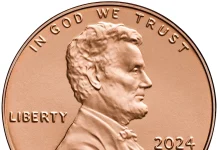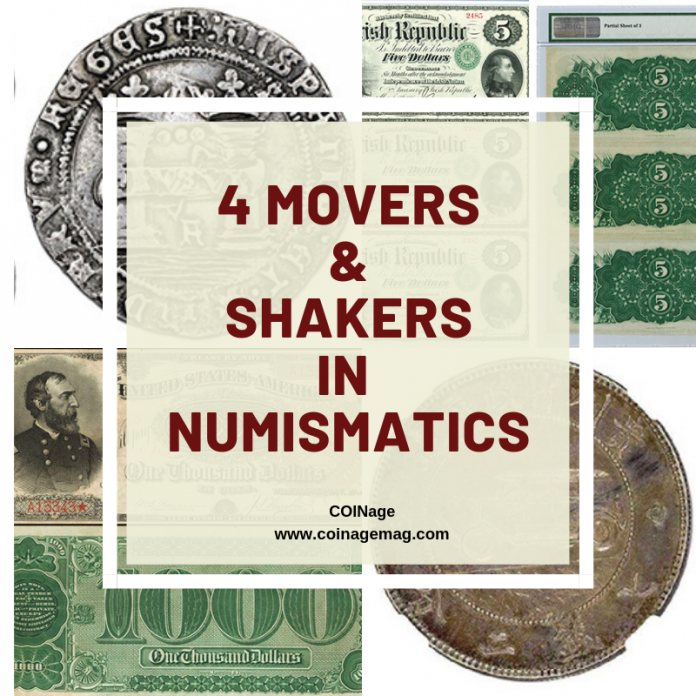
By Antoinette Rahn
Coins and currency are among my top 10 favorite means of historical study. From time to time I think about how much better junior high world history class would have been, had the teacher incorporated numismatics into the curriculum. However, given the number of ‘hoodlums,’ as the teacher called them, there were in our class, it’s more than a little likely a few coins would have ‘disappeared.’
In any event, that thought came to mind this week as I perused the online catalogs of some recently completed and upcoming coin and currency auctions. Within numismatics, so much history and innovation exist in what I see as a fusion of art and economics. With that, I’ve selected four items for this new blog column that we’re calling Movers & Shakers in Numismatics.
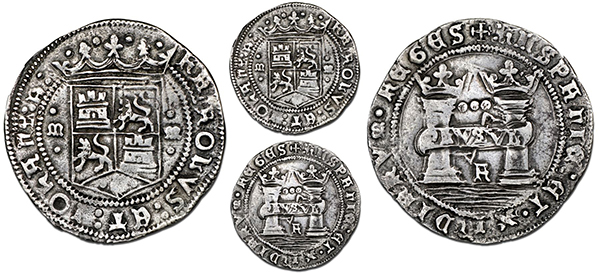
3-reales “Charles and Joanna Early Series” coin
Presented for auction Nov. 2, 2018, by Daniel Frank Sedwick Auctioneers
Sold for $83,400 (w/buyer’s premium) against an estimate of $35K-$70K
This coin, struck in Mexico City in 1536, occupies a fascinating place in coin history. This ‘Early Series’ denomination is considered one of the first coins to be struck in the New World of the Americas. The 3-reales assayer R (Rincon) coin was the first in a family of three experimental coin denominations minted during the joint Spanish reign of Charles I and his mother, Joanna.
Among the design features that identify this coin as the first in the series is the inclusion of three dots indicating denomination as well as the appearance of waves below the pillars on the reverse, and the Gothic lettering versus all Latin lettering, which appears in later versions, according to research conducted and reported by members of Daniel F. Sedwick, LLC. This is one of only two known ‘problem-free’ examples of this significantly uncommon coin.
To learn more about the story behind this uncommon series of coins, visit the Sedwick site: http://bit.ly/113018CAart1
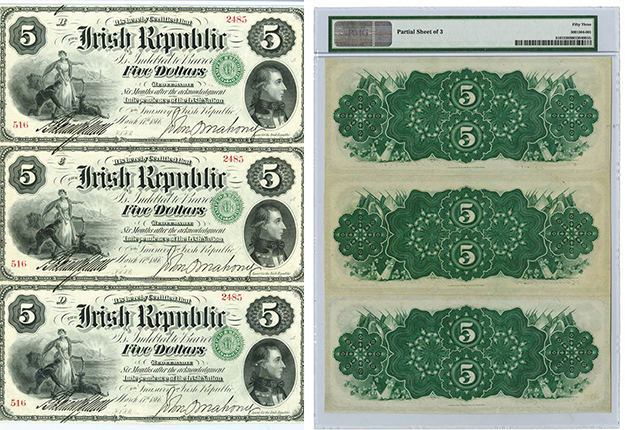
1866 Irish Republic $5 Notes, Uncut Sheet of 3
To be presented for sale at auction Dec. 3, 2018, by Archives International
Estimate $2,500 – $3,500
I’ll be honest, one of the first things that caught my eye with regard to this note, while reviewing the online auction catalog for Archives International’s upcoming auction (the company’s 50th auction), is that it is an Irish Republic bank note. With my family’s proud Irish heritage, I’ve adopted a general appreciation and interest in various elements of Irish history. Among my collection of ephemera are postcards printed and mailed from Ireland, as well as Irish postage stamps. However, bank notes of the Irish Republic are not something I own. Not yet, anyway.
Aside from my own personal passion for Irish heritage, the bank notes-promissory notes in this uncut sheet present a striking obverse with a sweeping script, a bold ‘Irish Republic’ at the center, and an enchanting allegorical vignette. The note reads, “It is hereby certified that the Irish Republic is indebted to barrier Five Dollars redeemable six months after the acknowledgment of the Independence of the Irish Nation.” Upon reading this statement, I imagined how it must have felt to be someone living in the country at a time when the hope and work toward the establishment of a future Irish Republic was top of mind. Amazing.
Check out additional lots featured in this sale: http://bit.ly/113018CAart3
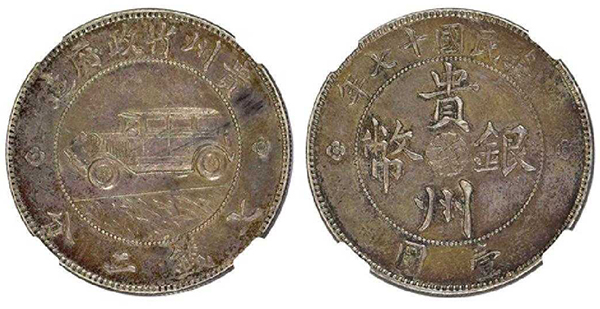
1928 China-Kweichow Auto Dollar Silver Coin
Presented at auction Nov. 25, 2018, by Champion Macau Auction
Sold for $46,000 against an estimate of $15,000-$30,000
One of the phrases I’ve heard time and again in my experiences within the antiques and collectibles industry is ‘cross-over collectible.’
The phrase was explained to me as an item that has a collectible interest within a variety of fields. In addition to the extensive interest this coin attracts within numismatic circles, it also may pique interest from classic automobile enthusiasts and historians seeking to collect items of automotive or Asian history, among other fields of interest.
With that as the definition, I would say this silver coin fits the bill.
In addition, the story behind the coin’s development is quite remarkable in and of itself. According to the catalog description, the coin was struck for Governor Chou His-cheng of the Kweichow Province in China, following a motorized road trip throughout the province he served. It’s reported that the road, which had just recently been built at the time of his travels, came about as part of efforts of the International Famine Relief Commission. At the helm of the road’s design was American engineer O.J. Todd. The car in which the Governor traveled was an American model, and reportedly, the vehicle was dismantled in one location in the province and transported by hand – by foot to another location where it was reassembled. That is because, at the time, it was the only car in the region.
There are more fascinating facts about this extremely uncommon coin, which you can enjoy by reviewing the Champion Macu Auction catalog, available for viewing at LiveAuctioneers: http://bit.ly/113018CAart4
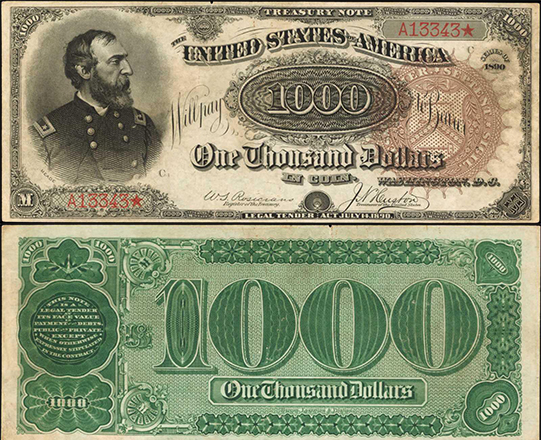
1890 $1000 Treasury Note — “Grand Watermelon”
Presented for auction Oct. 25 by Stack’s Bowers
Sold for $2,040,000 against an estimate of $1.25M – $1.75M
There are so many ‘cool’ aspects about this specific note that it’s hard to list them all, but here are a couple things I find particularly interesting. The ‘nickname’ or popular name, as the professionals refer to it, is brilliant. Who wouldn’t want to be associated with a ‘Grand Watermelon?’ Well, apparently a few people of the U.S. Treasury Department back in the late 19th century.
As the reverse of the note reveals, the name is derived from the distinctive zeros, which truly look like gigantic watermelons. In fact, as is reported in the Stack’s Bowers’ catalog description for this note, there was an article published in 1891 that stated, “There will be no mourning for the old backs. At the Treasury, they have never been regarded with very tumultuous approval.” Hmm, perhaps not, but as history has shown, collectors dig the ‘Grand Watermelon.’
Another fascinating fact about this note is its pedigree, which includes the historic moment when this note became the first to sell for a million dollars at auction. This took place in October of 2005 and the sale price was $1,092,500.
Learn more about this unusual note and others that sold during Stack’s Bowers recent sale: http://bit.ly/113018CAart2
Want to receive COINage magazine in your mailbox or inbox? Subscribe today!



